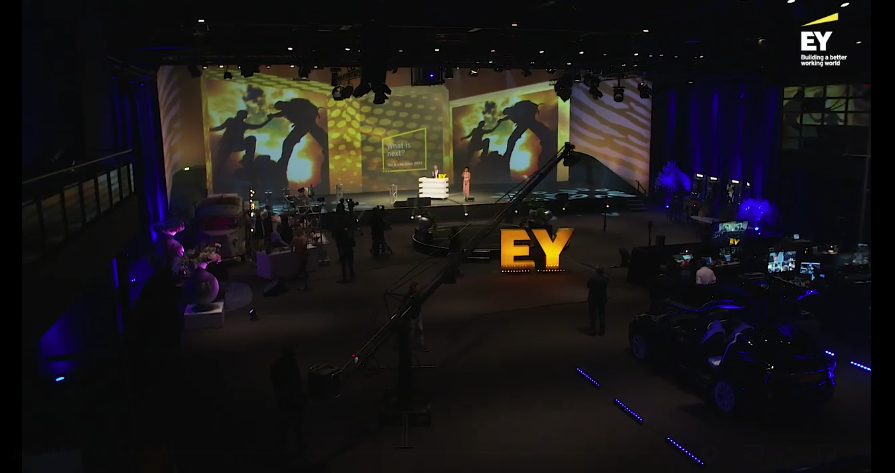Urgent request: Can you pull together 200 of our top people from around the globe to debate the application of new technology for our learning business? Oh, and can you do that at the end of the fourth quarter (along with everything else we are doing)? Sound doable?
This was the request tackled by IBM’s 3-D Internet team at the end of 2007, which caused a flurry of activity that culminated in the launch of a four-day, first-of-its-kind virtual world mini-jam in December. Nearly 300 learning professionals from across IBM met in-world to discuss how to better leverage virtual worlds. Blending new technologies with old ones (such as instant messaging and telephony), the team launched a virtual world meeting event that was unfamiliar to nearly all the participants.
The whole event took place within IBM’s internal network, leveraging IBM’s Intraverse, an application of Active Worlds, a hosted virtual world on IBM’s internal Web site. The virtual world also was linked to a tailored interactive wiki, as well as audio record features. By using this approach, participants were able to meet each other, see each other as avatars and guide each other through all virtual spaces.
Attendees could link directly from the virtual world to internal and external Web spaces, where participant screens actually split into two images (a Web site on one half and the virtual world on the other), as well as participate over the phone. Seeing and feeling this approach in action made a big difference, as the event modeled the new approaches under discussion as part of the debate over how to use virtual worlds in a business setting. Since experiencing virtual spaces was key to this dialogue, this model changed the way people thought as they contributed.
The four-day event was broken into five sub-themes: a kickoff training session on the process and tools, a discussion of learning design for virtual worlds, a collaboration and community discussion, a debate on how to design the infrastructure for learning in virtual spaces and a special brainstorming session for IBMers in the Asia-Pacific region, where IBM trials of virtual world innovations began in 2007.
The sub-themes were led by experts from four countries — the United States, Canada, India and the United Kingdom — and involved people from six additional countries, from Brazil to Australia, each employing the same set of tools and approach.
Stimulated by this virtual meeting and collaboration medium, all the sessions were well attended, and the wiki was filled with comments. The only hiccup was caused by over-attendance, requiring a last-minute change in phone service and numbers. Overall, the feedback from this event was overwhelmingly positive, especially as no one was burdened with travel at the end of a busy year.
Consequently, IBM is working with its employees to extend the business value of virtual worlds by helping people collaborate in innovative ways. As the Web expands to support 3-D collaboration and more globally distributed cultures, it is clear this sort of event is going to become a habit for many organizations in the 21st century.















